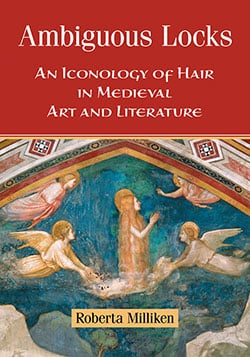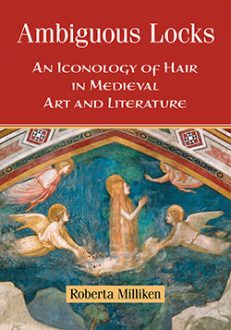Ambiguous Locks
An Iconology of Hair in Medieval Art and Literature
$39.95
In stock
About the Book
It has long been said that a woman’s hair is her crowning glory. Indeed, throughout history, hair has remained an important cultural symbol of femininity. In medieval art, iconic images of long, flowing locks can express sexuality, and the cutting of a woman’s hair often signals her feminine misbehavior. Artists of all kinds in the Middle Ages used women’s long hair to manipulate their audience’s estimation of their female figures. This interdisciplinary work explores the significance of women’s hair in literature and art from the medieval period through 1525, putting into historical context the ways in which hair participates in construction of the female identity.
About the Author(s)
Bibliographic Details
Roberta Milliken
Format: softcover (7 x 10)
Pages: 300
Bibliographic Info: 40 photos, notes, bibliography, index
Copyright Date: 2012
pISBN: 978-0-7864-4870-8
eISBN: 978-0-7864-8792-9
Imprint: McFarland
Table of Contents
Acknowledgments ix
Introduction 1
Part One: Contexts 9
1. Women 13
2. Hair 36
3. Conduct 54
Part Two: “Bad” Women 89
4. Eve 91
5. Lust, Prostitutes, and Venus 108
6. Sirens and Mermaids 123
7. Witches 134
8. Punishments for “Bad” Women 148
Part Three: “Good” Women 160
9. The Virgin Mary 163
10. Saint Mary Magdalene, Saint Mary of Egypt, and Saint Agnes 185
11. Other Virgin Martyrs 213
12. Jeanne d’Arc 237
Epilogue 257
Chapter Notes 261
Bibliography 275
Index 285
Book Reviews & Awards
“examines representations of women’s hair in works from the early medieval through the Early modern period and explores the ways in which these depictions communicated ideas about the roles, value and sexuality of women during the period.”—SciTech Book News; “an interesting overview of a rich topic, written in admirably accessible language”—Speculum.





